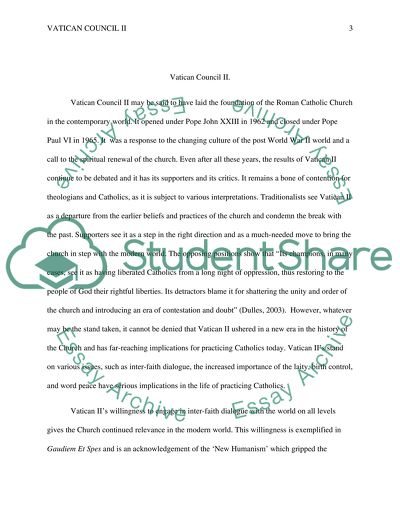Cite this document
(“Issues and results of the second Vatican council Essay”, n.d.)
Issues and results of the second Vatican council Essay. Retrieved from https://studentshare.org/religion-and-theology/1475662-issues-and-results-of-the-second-vatican-council
Issues and results of the second Vatican council Essay. Retrieved from https://studentshare.org/religion-and-theology/1475662-issues-and-results-of-the-second-vatican-council
(Issues and Results of the Second Vatican Council Essay)
Issues and Results of the Second Vatican Council Essay. https://studentshare.org/religion-and-theology/1475662-issues-and-results-of-the-second-vatican-council.
Issues and Results of the Second Vatican Council Essay. https://studentshare.org/religion-and-theology/1475662-issues-and-results-of-the-second-vatican-council.
“Issues and Results of the Second Vatican Council Essay”, n.d. https://studentshare.org/religion-and-theology/1475662-issues-and-results-of-the-second-vatican-council.


